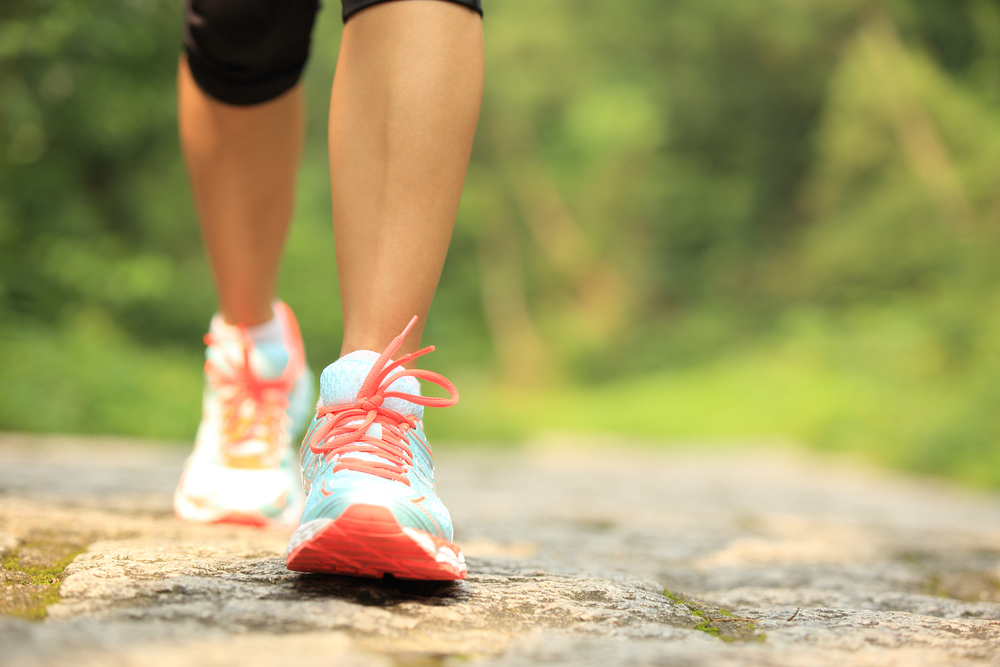More Barriers, Lower Socioeconomic Status Tied to Less Exercise Therapy

People with pulmonary hypertension are less likely to be referred to exercise therapy if they are of lower socioeconomic status or perceive more barriers to accessing such therapy, a study shows.
These findings highlight the need for increased education about the benefits of exercise for people with pulmonary hypertension, researchers said.
Titled “Impact of patient characteristics and perceived barriers on referral to exercise rehabilitation among patients with pulmonary hypertension in the United States,” the study was published in the journal Pulmonary Circulation.
For people with pulmonary arterial hypertension (PAH), exercise has been demonstrated to confer health benefits and improve quality of life. Consistently, supervised exercise therapy is recommended as part of care for most people with this disorder.
Despite its well-defined benefit and such guidelines, however, many people with PAH do not utilize exercise as part of their treatment. Now, researchers at the University of Michigan and the University of Alabama at Birmingham conducted a survey to better understand the barriers that limit exercise therapy among people with PAH.
“Identification of patient characteristics and perceived barriers is critical for the development and implementation of exercise rehabilitation programs tailored for patients with PAH,” the team wrote.
The researchers surveyed people with PAH or chronic thromboembolic pulmonary hypertension (CTEPH) at the 2018 Pulmonary Hypertension Association International Conference, “PHinding Your Hope.” The survey collected demographic information, disease details, and treatment regimens.
In total, the team reported findings for 65 survey respondents. Among these patients, 97% had PAH, 87% were female, and 85% were white. About half (52%) had been referred to exercise therapy by their healthcare providers.
Through statistical analyses, the researchers looked for demographic and clinical factors associated with an altered likelihood of being referred for exercise therapy.
The results showed that individuals who had low subjective socioeconomic status were about five times less likely to be referred for therapy than those with high subjective socioeconomic status.
Of note, subjective socioeconomic status was determined using the MacArthur Scale of Subjective Social Status. This validated scale incorporates multiple factors of socioeconomic status, including education, income, and occupation, to quantify a person’s sense of social standing.
“Low subjective socioeconomic status was associated with reduced odds of referral to exercise rehabilitation compared to participants with high subjective socioeconomic status,” the investigators wrote.
Meanwhile, no significant associations were found based on insurance, sex, or body mass index (a measure of body fat).
Among the most common barriers to exercise therapy perceived by respondents were lacking energy for such therapy, time constraints, travel, and cost. Already exercising in other contexts, both at home or in the community, also was a perceived barrier.
Individuals who had not been referred to exercise therapy reported higher scores for many barriers, such as cost and the feeling that their doctor did not think such therapy was necessary.
In statistical models, several barriers were significantly linked with referral likelihood. For example, individuals who reported that their doctor did not think exercise therapy was necessary were significantly less likely to be referred, as were those who said they preferred to take care of their health alone, rather than in a group.
Overall, individuals who reported more perceived barriers were significantly less likely to be referred for exercise therapy.
“We found that lower subjective socioeconomic status and barriers related to the perceived need for exercise rehabilitation were associated with decreased referral to rehabilitation,” the researchers wrote.
“Taken together, these findings suggest opportunities to increase referral to rehabilitation through advocacy and improving patient and physician understanding of the benefits of exercise rehabilitation,” they added.
Broadly, the team advocated for increased education about the benefits of exercise among people with pulmonary hypertension and their healthcare providers.
“At the very least, providing an adequate understanding of the potential benefits of rehabilitation will allow more informed shared decision making empowering the patient to make the optimal decision for themselves,” they wrote.
The researchers stressed that their study was not designed to find cause-and-effect relationships; rather, they suggested that these findings should inform future work into how best to lower barriers that prevent patients from accessing care that can help them.
Additionally, given that almost all of the survey respondents had one type of pulmonary hypertension — specifically PAH — the results likely are not representative of all people with pulmonary hypertension.
“The high percentage of white participants in our study is likely an overrepresentation compared to the population of people with PAH in the United States,” the team added. “Importantly, our study only involved the patient perspective. The logical next necessary step is to understand the provider’s perspective of barriers.”







